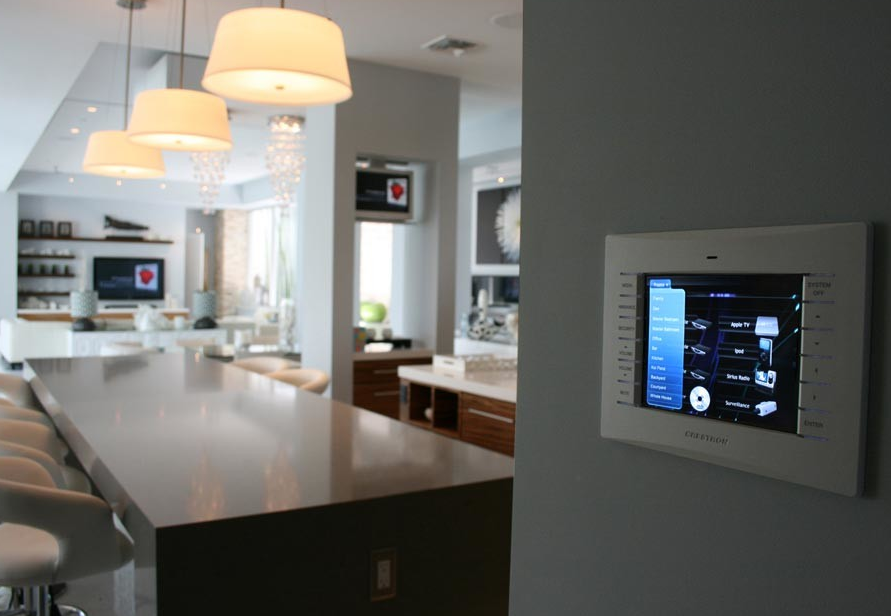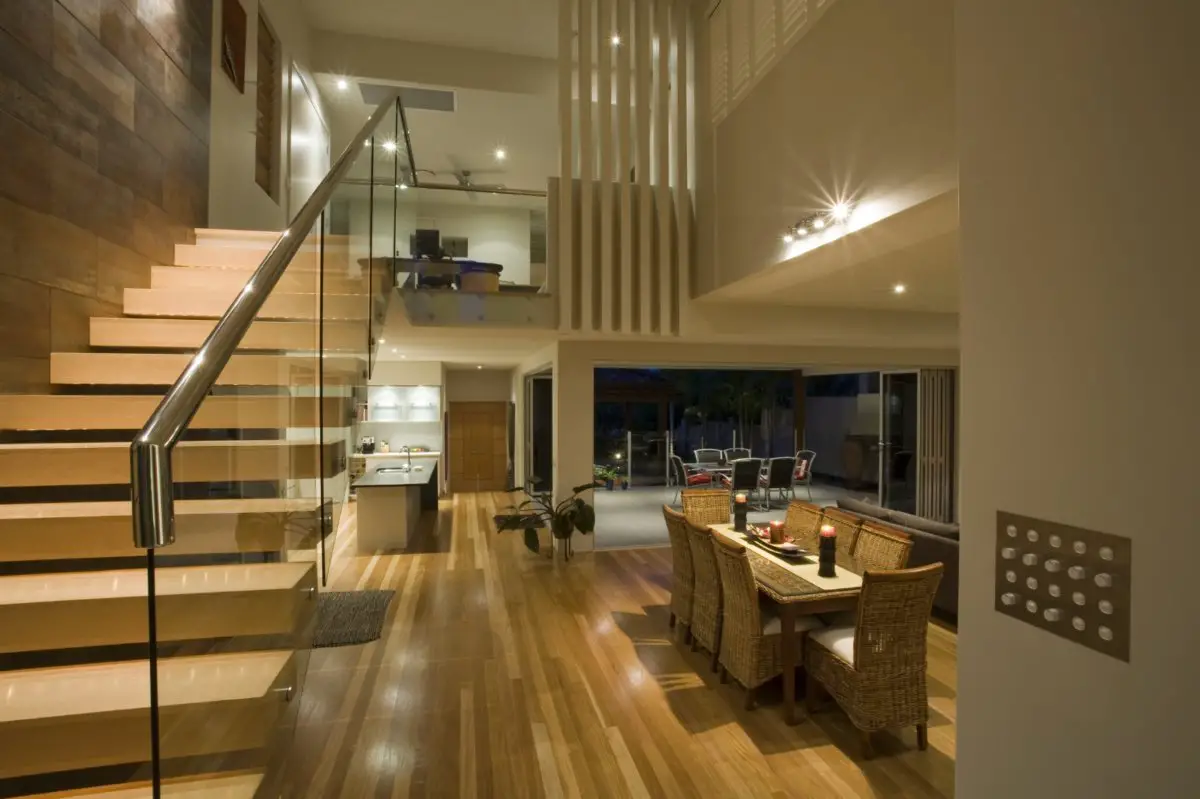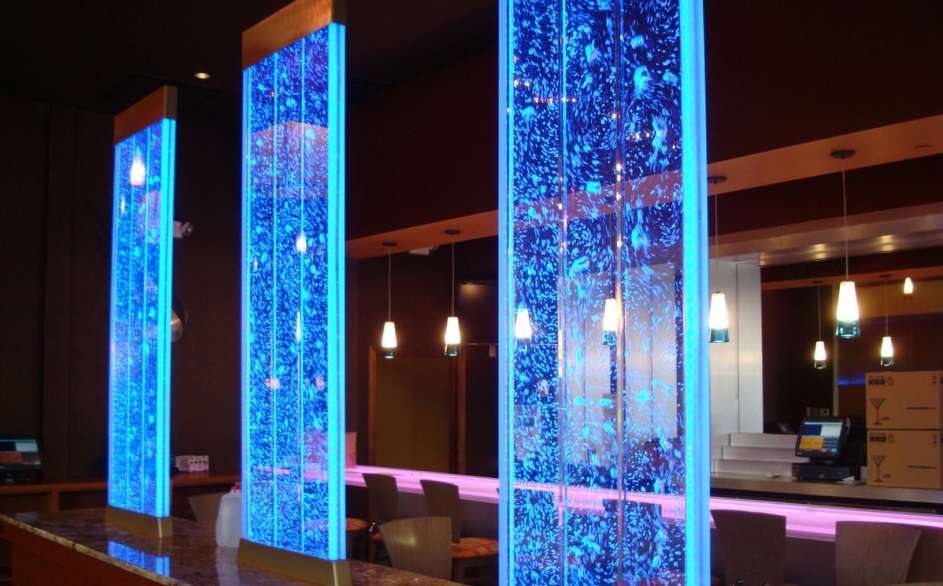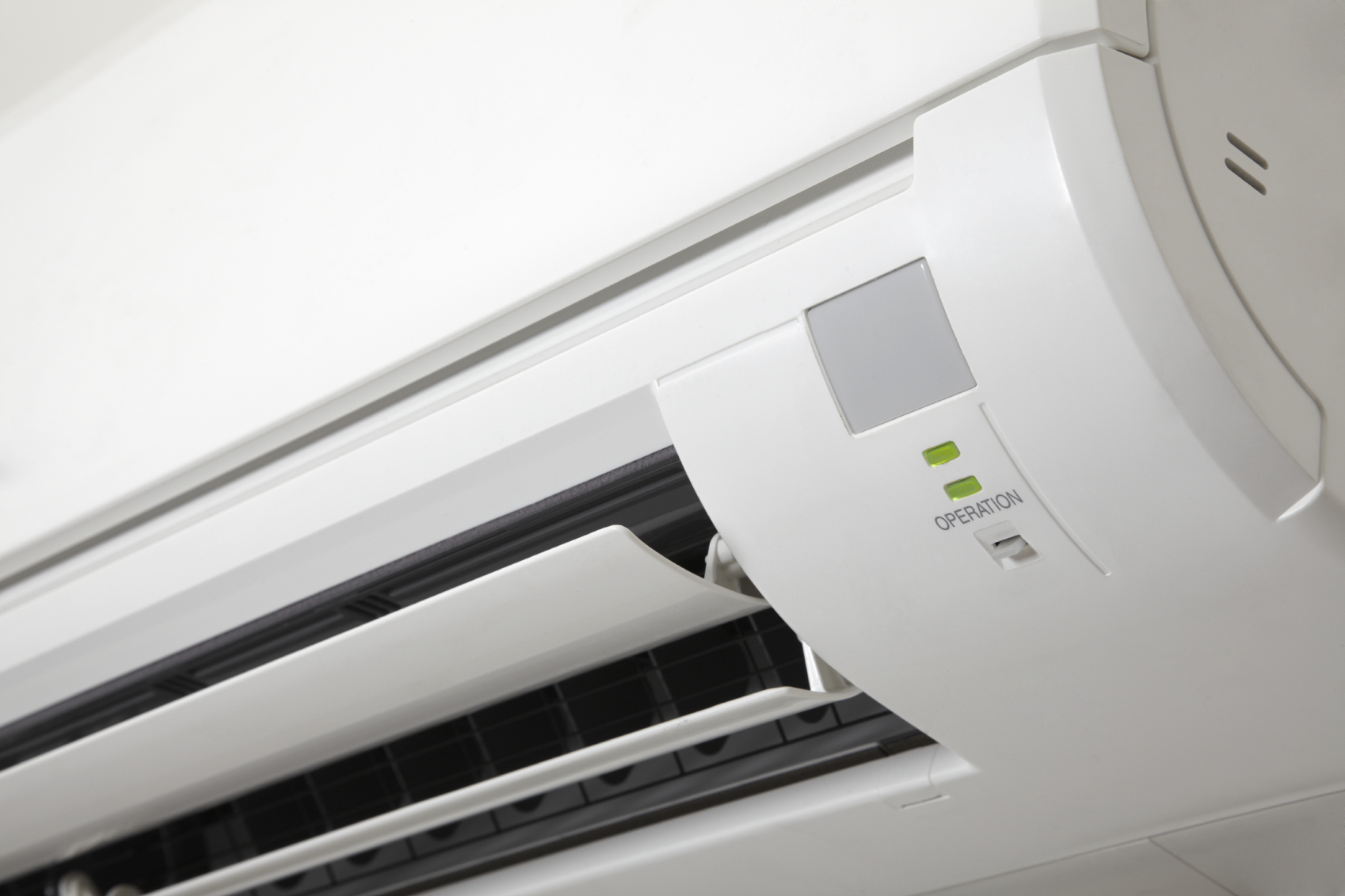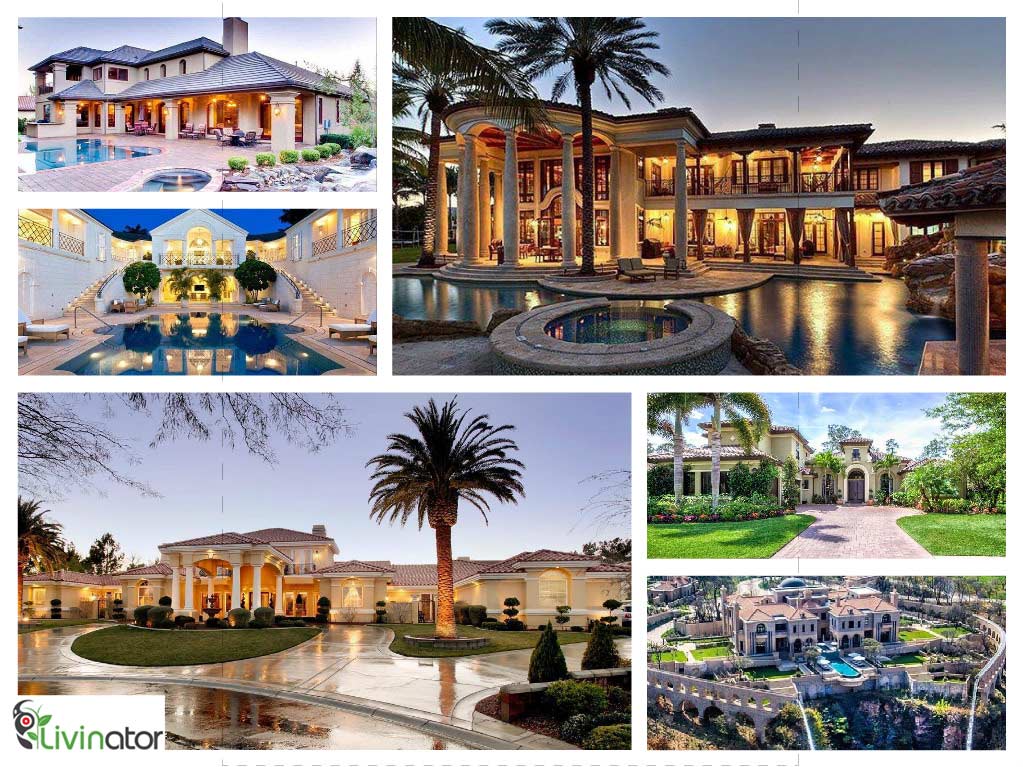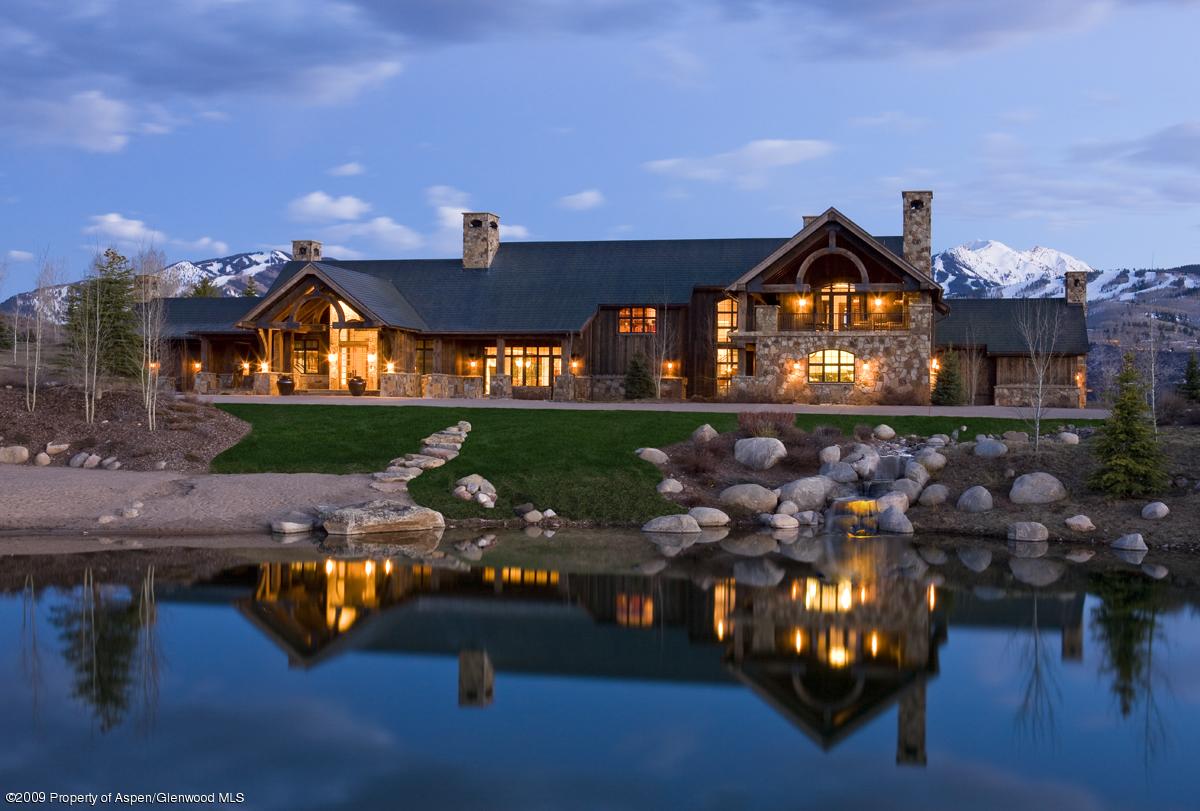Netflix can drive your imagination crazy when it comes to smart home architecture. And though we’re yet to achieve most of the functionalities we see in movies, it’s worth acknowledging the baby steps we’re making towards smart living.
Integrating tech into your home can make it more user-friendly, purposeful, and fun. Smart technologies also streamline processes in a home, much like tech does in a workplace.

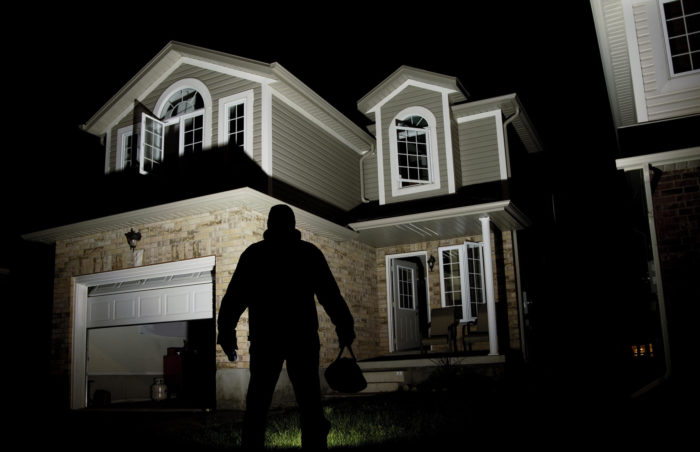
And as we speak, you can welcome technologies such as thermostats, ovens, and a giant smart screen into your home—and start enjoying a tech-enabled lifestyle.
The Promise to Homeowners
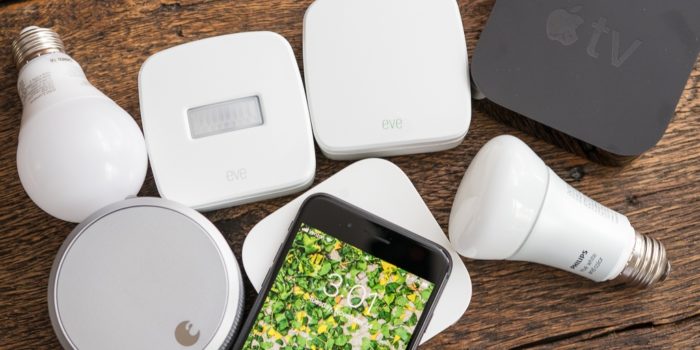
With the level of automation and innovation we’ve seen in other sectors, like places of work, we can say tech wizards have done little to digitalize our homes.
Still, the promise is that sooner or later, your apartment will be a web of integrated systems. Most of your home equipment will be connected to a single network that you can control from anywhere with your mobile gadget.
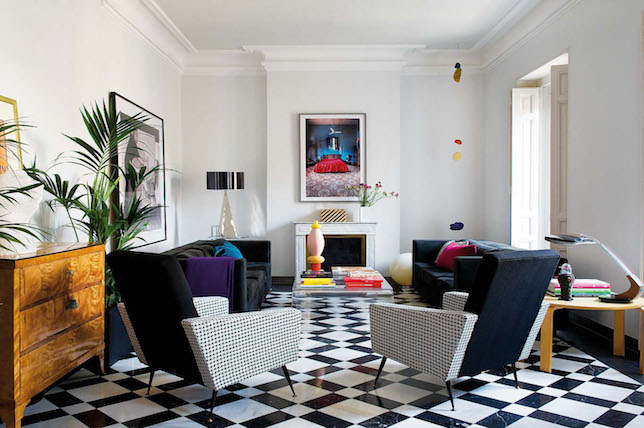
The dream is not-so-farfetched as it sounds, it may last years, but eventually, smart homes will be commonplace.
And when the shift happens, you’ll want to incorporate smart home architecture into your design and turn your space into a digital home.
How Smart Tech is Reshaping Architecture

Smart tech is a general term for a group of systems that work together to make a digital home.
Watch out for the following styles, development, and designs predicted to change home designs in the future.
1. Dropping switches and sockets for wireless systems.

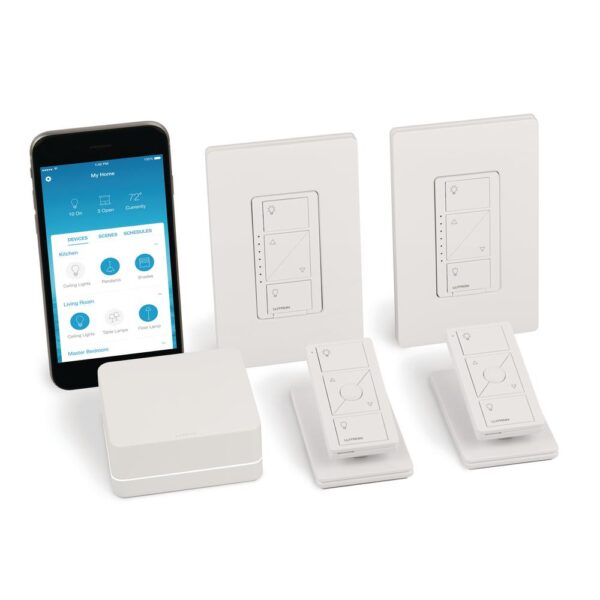
Your dream home will be a wireless zone with fewer wires and invisible switches. Of course, that’s because you’ll be able to switch everything on and off from your mobile device. And even charge your smartphone wirelessly.
Designers will, therefore, no-longer need sockets. And it’s no surprise; switches may become rare or obsolete in smart home architecture.
2. Wires won’t limit your home design
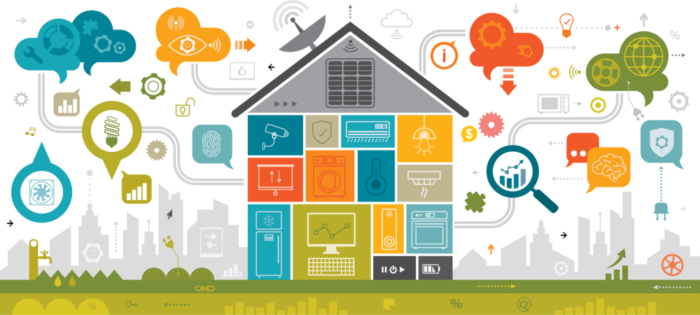
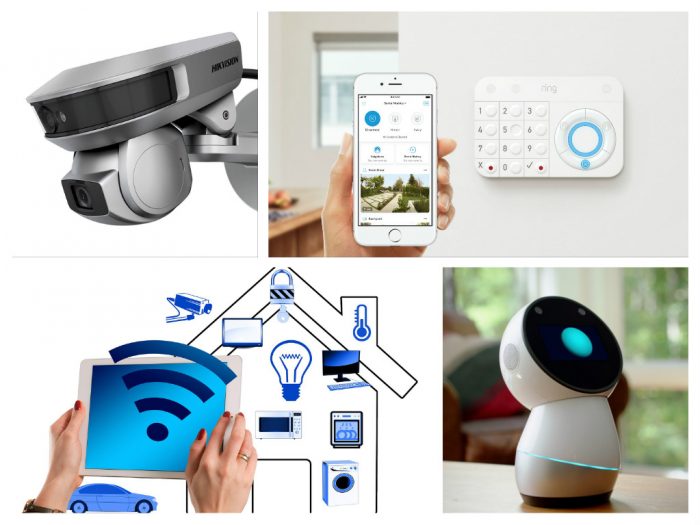
Today’s home designs rely on cords and cables. That means a designer must worry wiring when drawing a blueprint; to an extent, it (sometimes) limits their potential.
But thanks to wireless capabilities, your smart home architecture may as well eliminate the need for wiring. In light of that, we expect to see wireless-inspired designs as opposed to cords. Architects will also enjoy more freedom when planning homes.
3. An open-plan approach to support your integrated systems.
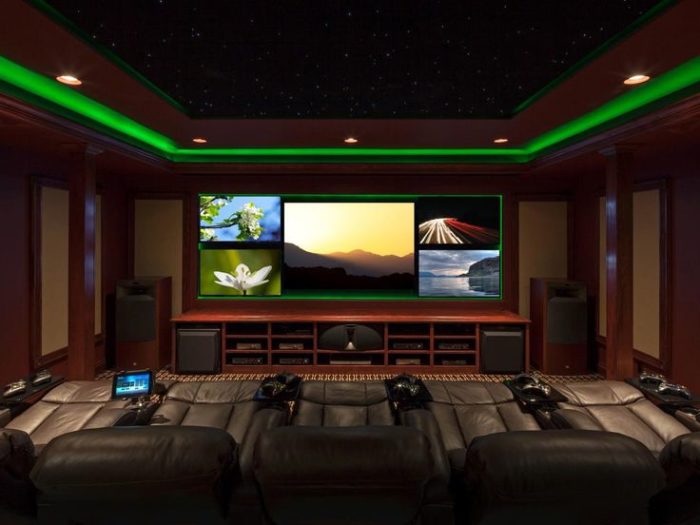
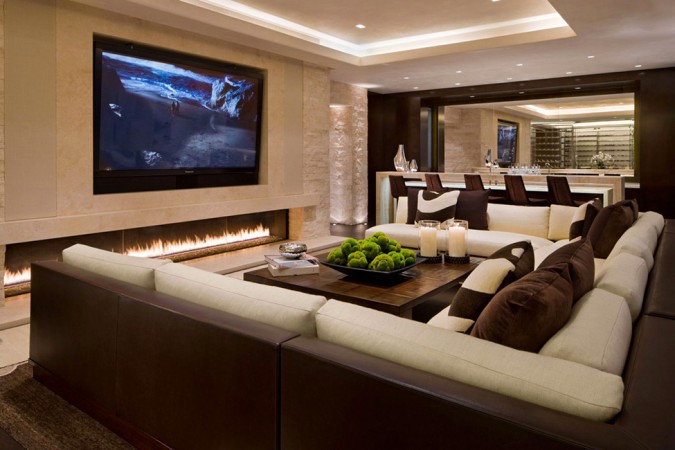
Think of it like your Bluetooth home theater. Pair your phone, and it will work perfectly well as long as you remain in the room. Move to another room, and you’ll start experiencing problems.
Because you want to control everything from your mobile device, an open plan approach or layout will favor you (more than the use of separating walls).
Does that also mean your home electronic appliances will reduce in size to fit your small open-plan room without squeezing things up?
4. Adapting to changing moods, climatic conditions, etc.
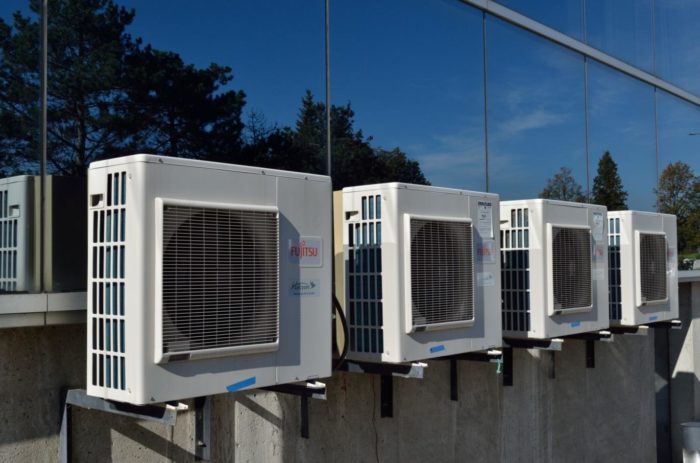

How about a home that switches to changing moods, climatic conditions etc.? For example, by turning on the air conditioner automatically when it’s too cold, or fan when temperatures are unforgiving.
Smart home architecture will allow you to transform your designs based on moods and create a multitasking home.
5. Interconnected rooms
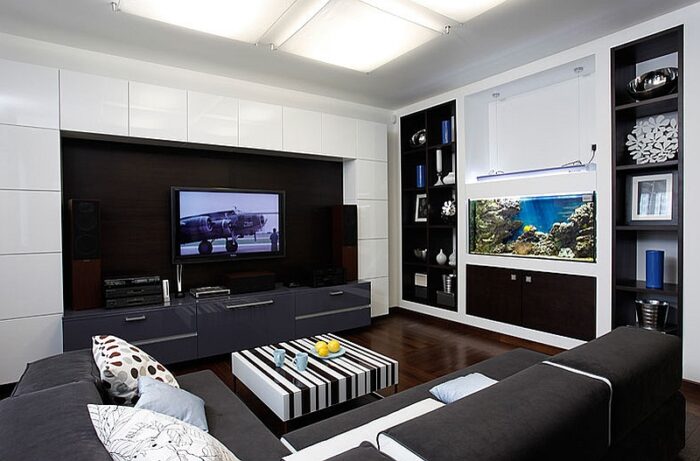
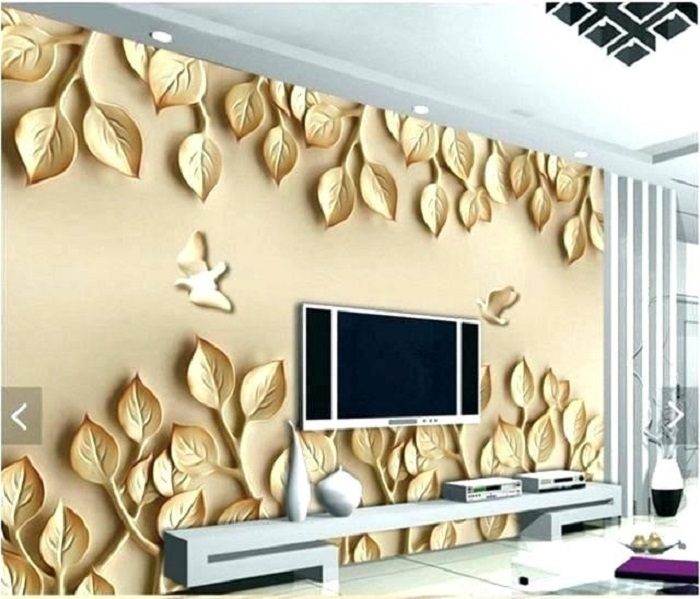
With all systems integrated into one platform, you can sync rooms instead of having one digital area—and several analog rooms.
Using an open plan layout will also enable you to digitalize all rooms and create an interconnected home that you can control with the swipe of a screen.
6. Fewer kitchen cupboards
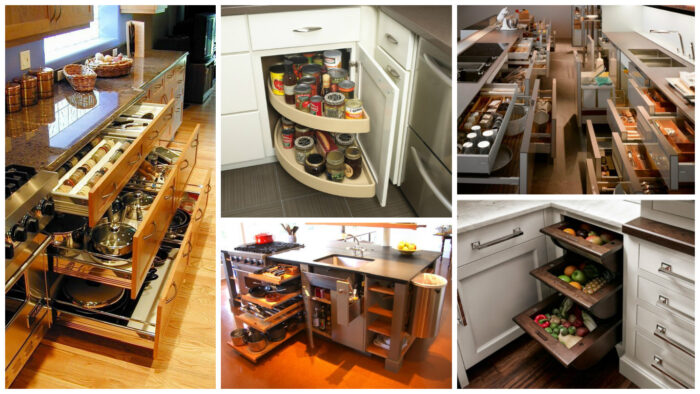
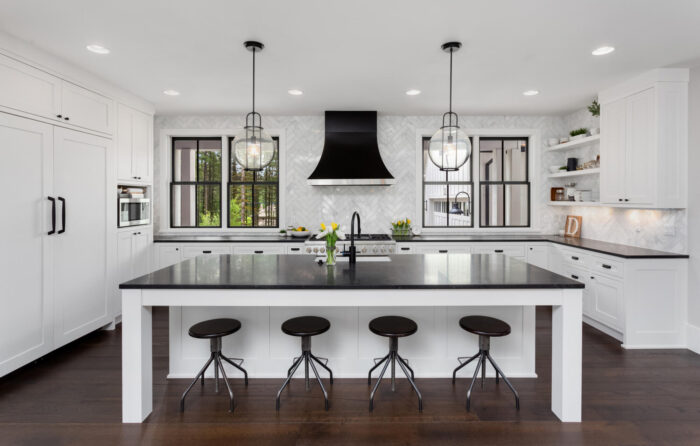
We’re also moving towards less kitchen storage (like cabinets and shelves) because you will probably find most of the utensils you use today obsolete.
Yes, anything is possible with the world looking at smart cooking pots—that you can control from anywhere with your phone.
The future is brighter!
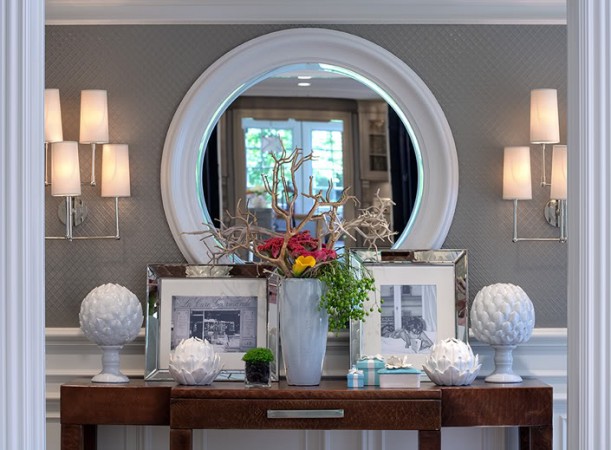

These above trends will only reshape your home design and architectural features. There’s more to a smart home. Isn’t it mind-boggling to learn that your future home will also be able to share your data with your retailer?
For now, homeowners wait with bated breath as experts work the midnight shift to digitalize home-living.
